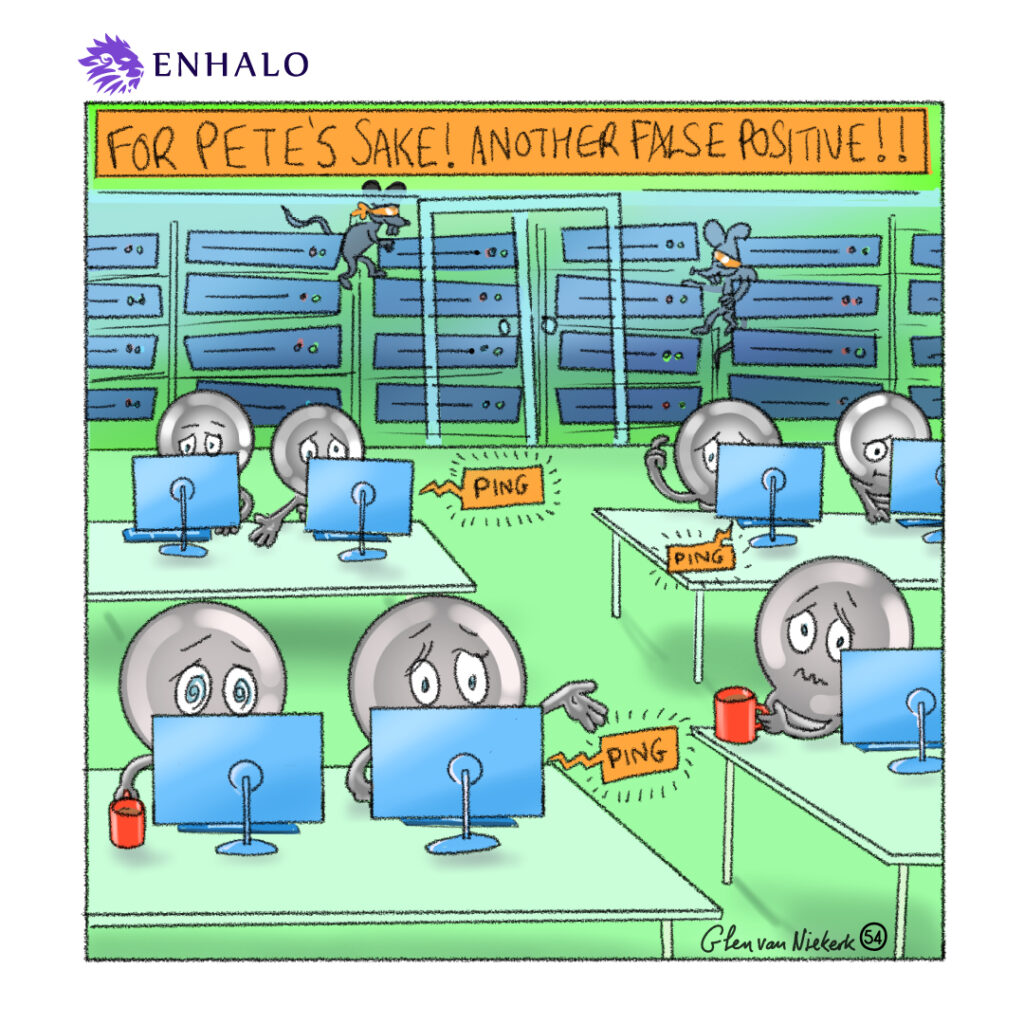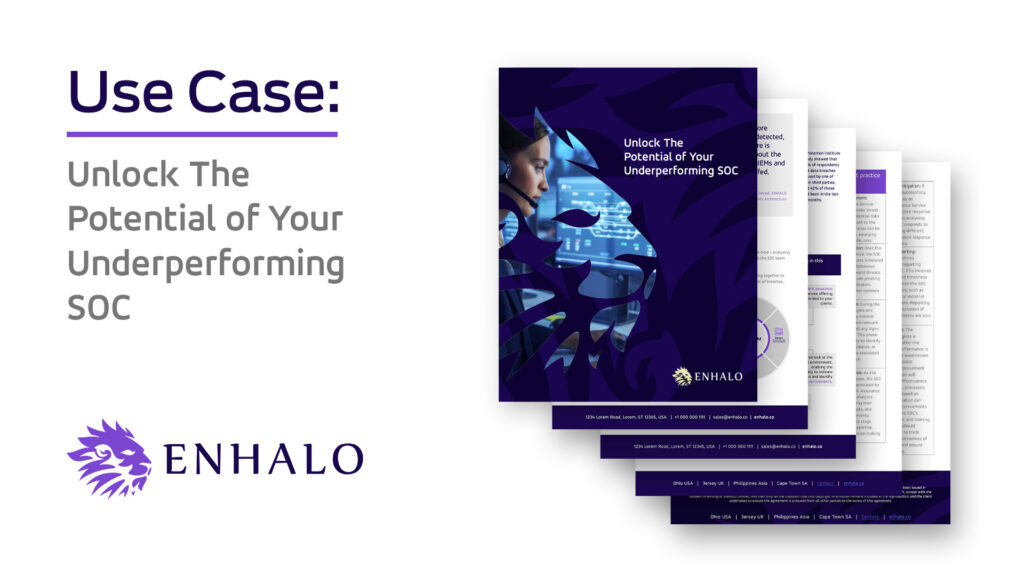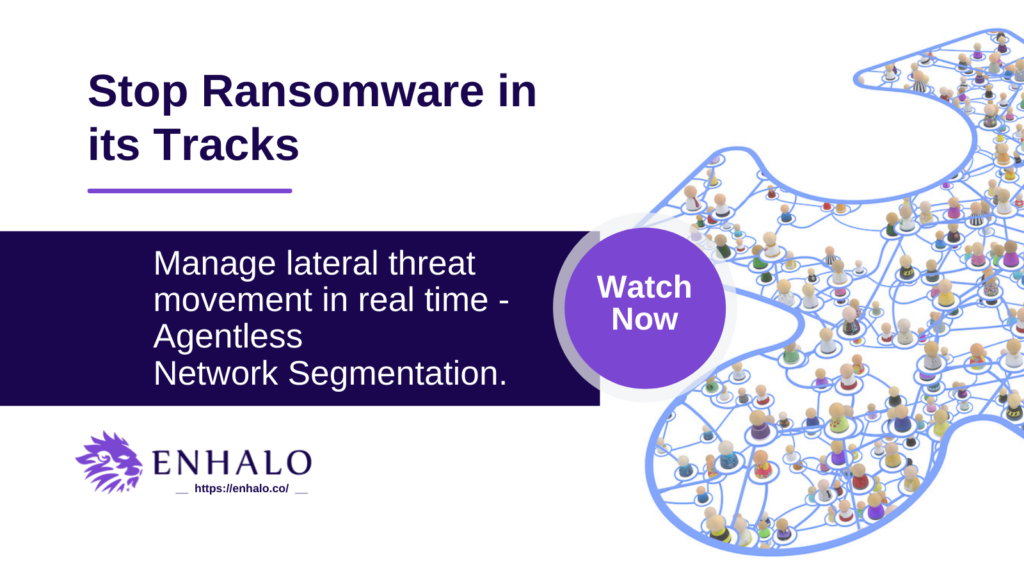Once upon a time, in a Security Operations Center not so far away, chaos reigned supreme. It was a comically disastrous scene, where the security systems seemed to have developed a mind of their own. Instead of protecting the network, they decided to engage in a rebellious game of hide-and-seek, hiding alerts and running away from the vigilant eyes of the analysts.
For Peat Sake! Another false positive!
The security analysts, with their trusty coffee mugs and tired eyes, found themselves caught in a never-ending loop of false alarms. Every time they thought they had caught the culprit, it turned out to be a mischievous raccoon rummaging through the server room.
Passwords were mysteriously changing themselves, making it seem like the machines had developed a taste for mischief. Security incidents became a slapstick comedy routine, with the analysts tripping over cables and chasing their own shadows.
Even the mighty firewalls seemed to have a wicked sense of humor. They would randomly deny access to authorized users while granting entry to suspicious characters wearing oversized clown shoes. It was as if the entire security infrastructure had joined a circus, performing tricks and pranks instead of protecting the valuable data.
In this topsy-turvy Security Operations Center, chaos was the norm.
SOC not working as it should
Analysts are suffering from alert fatigue as the SOC is inundated with large amounts of false positive alerts, and this distracts them from focusing on legitimate threats.
High false positive rates indicate a need for fine-tuning of detection rules or improvement in correlation and filtering mechanisms.
SOC Assurance evaluates how well the analysts handle the alerts, including their ability to triage, investigate, and determine the severity and potential impact of each alert.





